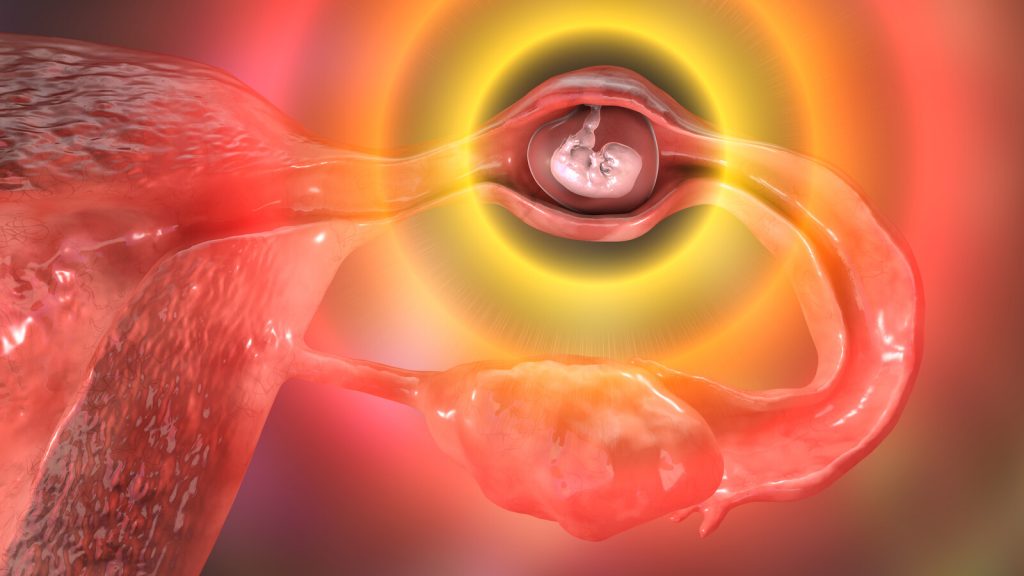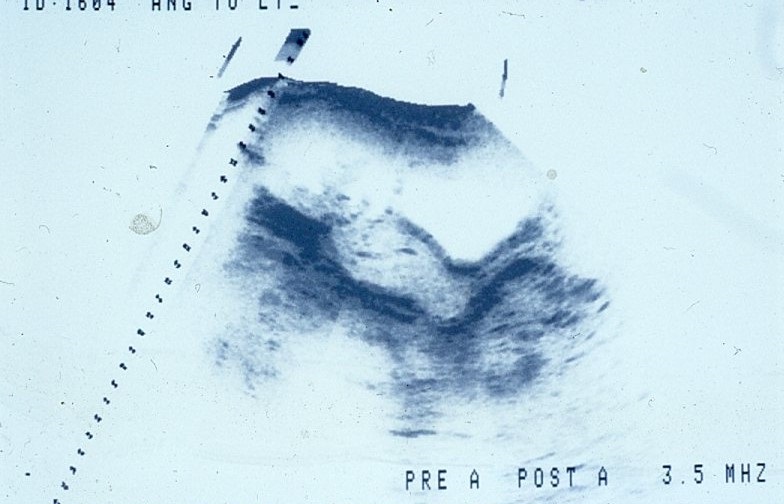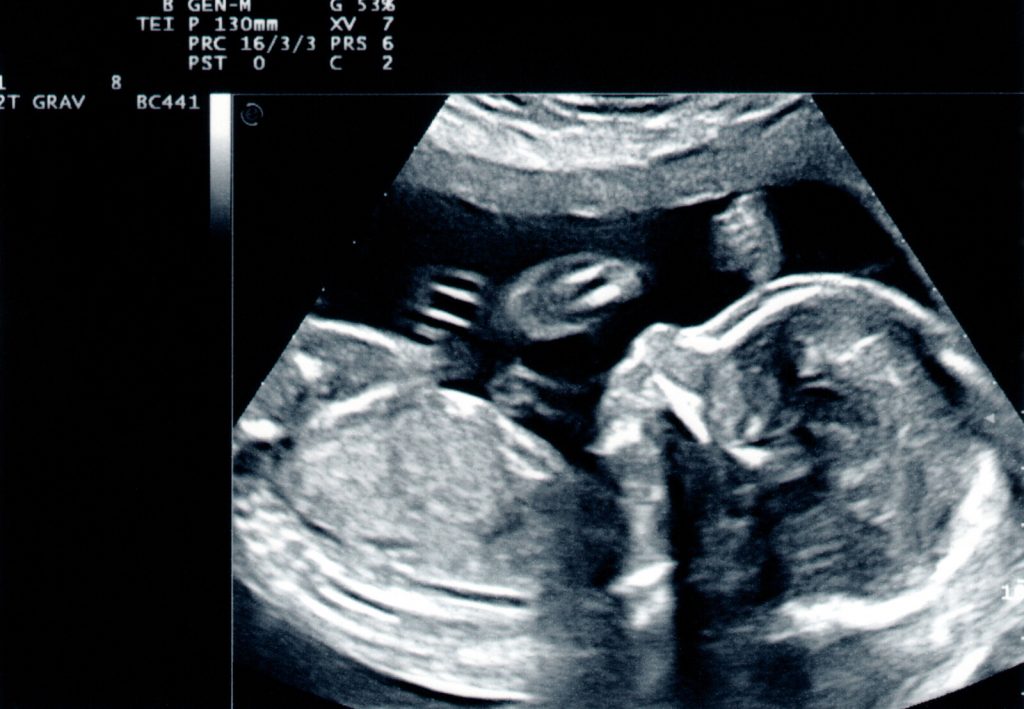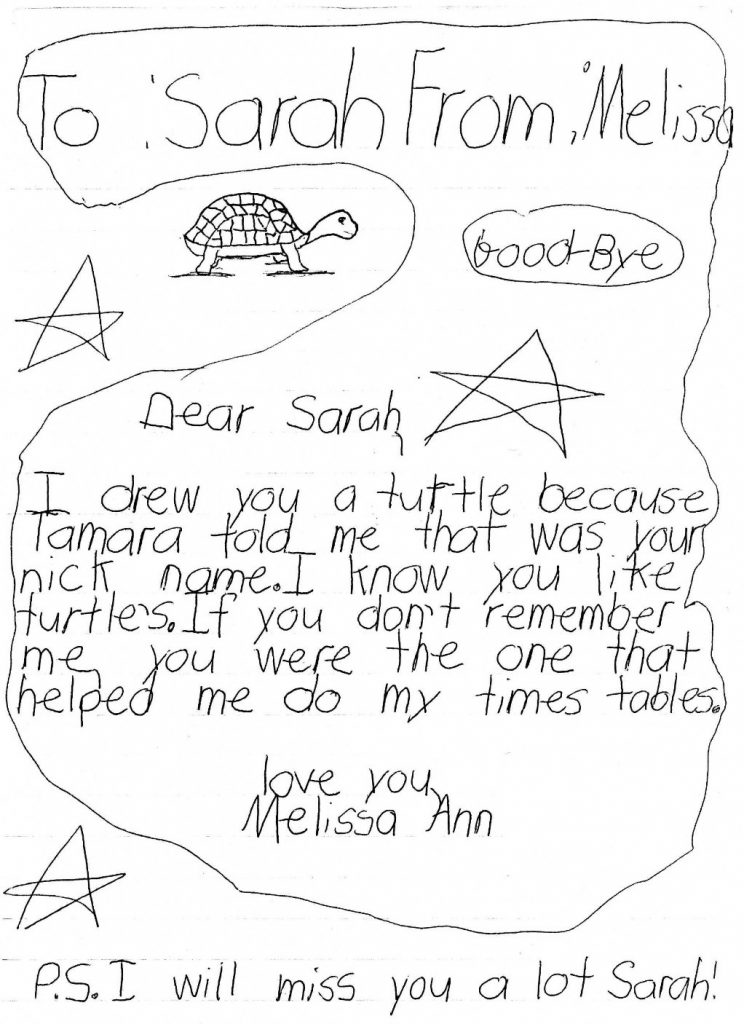“Inside every old person is a young person wondering what the hell happened.”
Unknown but perceptive
My 50th high school class reunion is this year. The prospect is at once fascinating (I never thought I’d live this long) and terrifying (some memories never die). But I started to think about those who attended their 50th reunion in 1972. We had our whole lives ahead of us while they were headed into the twilight. Now it’s our turn to ride into the sunset.
The First Fifty Years
The class of 1922 lived through two world wars, the 1918 Spanish flu pandemic and the Great Depression. They were the Greatest Generation, lauded for their patriotism, sacrifice and service, and the grandparents of my generation, the oft-maligned Baby Boomers. During their half-century, they witnessed profound changes in technology, life and culture.
Automobiles went from the Model-T through the gangster cars of the 1930s, the two-ton hulking sedans of the 1940s, the T-Bird and the ’55 Caddy with enormous fins, the Corvette, the early ‘60s Lincoln Continental convertible with suicide doors, the Ford Mustang, to the 1969 Chevy Camaro Bumblebee.
The Wright Brothers’ first airplane became the open-cockpit biplane, the twin-engine propeller driven Douglas DC-3, the Boeing 707 with four jet engines, and then the Boeing 747, which debuted in 1969.
Only sixty-six years separated the flight at Kitty Hawk and the first moon landing.
Musical genres exploded over those 50 years: gagtime, big-band, country and western, swing, jazz, easy-listening, early rock-and-roll, R&B, and what we call “classic rock.” Duke Ellington. Benny Goodman. Count Basie. Sinatra. Elvis. Buddy Holly. The Beatles and the Rolling Stones. Woodstock was in 1969, three years before their 50th, but they were horrified by those “goddam hippies with their free love and drugs!”
Recorded music started out as wax cylinders played on a wind-up gramophone in the late 1800s. Emile Berliner created the first flat disc recording in 1892. The heavy and brittle shellac 78 rpm records in monaural became popular in 1925. By the 1950s 33⅓ rpm vinyl stereo records replaced “78s.” 45 rpm discs offered cheap singles. Reel-to-reel tapes were reduced in size to the cassette and the 8-track. The in-dash cassette player debuted in 1968
Telephones, popular since the early 20th century, became smaller and available in colors other than black. Dials were replaced by push button “touch-tone.” Bell Systems introduced the Picturephone at the 1964 World’s Fair in New York, but it cost $160/month to lease one of these puppies.
The heavy floor-model radios of the 1920s became smaller and portable over the next 40 years. Transistors replaced vacuum tubes, making radios portable, like the cheap Japanese pocket models with the terrible earpiece we remember from high school.
Television, which started as a toy for the rich in the 1920s and 1930s, became more popular and affordable during the 1940s. Screens became bigger during the 1950s and we could get color televisions by the mid-1960s. People with a lot of disposable income could buy an all-in-one console with a television, AM/FM radio, and a record player. Try stealing THAT from someone’s house!
ENIAC, the first electronic programmable computer, was introduced in 1945. It weighed 27 tons, took up 1,800 square feet and needed 150 kW of electricity to operate. The “slightly smaller” UNIVAC computer (only 14.5 tons) debuted in 1951, followed by IBM’s mainframe computers into the 1960s.
Smallpox and polio vaccines prevented devastating illnesses. Our mothers lined us all up for the smallpox inoculation that left dime-sized scars on our left arms. We got our oral polio vaccines in sugar cubes. Fluoridated water, the bane of conspiracy theorists, helped prevent tooth decay in people, regardless of socioeconomic status. Government inspections of our food supply have greatly diminished, but not entirely eliminated, food-borne illnesses. Infant and maternal mortalities have dropped precipitously!
What a time to be alive! But all mythically wonderful eras have dark sides.
The people who made it to 1972 were lucky. The life expectancy for those born in 1904 was 47 years, and only if you were white. Infant mortality was 157 per 1,000 live births. Many died from infectious diseases in the pre-antibiotic era. The common folk often worked in grueling physical jobs which left them worn out by their late 50s or early 60s. Men commonly dropped dead from “the big one” in their mid-sixties.
Racism was rampant and largely accepted. D. W. Griffith’s movie Birth of a Nation spurred the revival of the Ku Klux Klan during the 1920s and lynching was common. George Wallace promised “Segregation today, segregation tomorrow, segregation forever!”‘ It took the Voting Rights Act of 1965 to force Southern States to comply with the 15th Amendment, ratified 95 years previously.
Society expected little of women other than to stay at home, raise children and obey their husbands. Few women worked outside the home until WWII, when they were called into factories to replace the men sent overseas. When the war ended they were expected to return to their traditional roles so the menfolk could “provide for their families.”
Still, we remember the good more than the bad and the ugly.
THE SECOND FIFTY YEARS
My classmates are part of the Baby Boomers, maligned by Gen Xers and Millennials (with some justification). We’ve probably seen the extensions and improvements of prior advances more than truly phenomenal innovations but neither should be dismissed as irrelevant.
Those classic cars of yore were also death traps. Accident reports of people flying through windshields or being crushed by engine blocks, children being decapitated by metal glove box doors, and occupants being incinerated by ruptured gas tanks were common. Ralph Nader’s damning book, Unsafe at Any Speed: The Designed-In Dangers of the American Automobile, criticized the auto industry’s resistance to safety concerns and led to the creation of the National Highway Traffic Safety Administration in 1970. Research and engineering resulted in mandatory seat belts, crumple zones, safety cages and airbags minimizing passenger injury. More recently, manufacturers have introduced lane departure warnings, collision avoidance systems, automatic braking and stability control.
Air travel, once only available to the well-heeled, is now accessible to everyone. Aircraft safety has improved greatly since the 1950s so that you’re more likely to die from riding a bicycle, driving a car, or being struck by lightning.
While we haven’t returned to the moon (yet), we’ve witnessed the development of the space shuttle, the International Space Station and the Hubble and James Webb telescopes. NASA developed technologies we take for granted: Lasik, functional artificial limbs, the insulin pump, wireless headsets and the Dust Buster. But we also have a billionaire giving rich people with more money than sense carnival rides into “space” on top of a dick rocket.
I still think Classic Rock is among the best, but I switched to jazz as I’ve aged. Disco was amusing. There was some good music during the 1980s and maybe the 1990s, but, at least to me, the only things rap needs are a rhyming dictionary and uncontrolled anger. Most of us remember that fateful day when we became our parents, asking our kids, “What is that shit you’re listening to?” Maybe rap is the 21st century version of 60’s protest songs.
Digital storage media – the compact disc and digital video – replaced vinyl records, cassettes and videotape. Apple Inc. went further and gave us even more compact storage and playback with the various iterations of the iPod. My 160G iPod classic currently has 16051 songs loaded, enough music for more than 50 days. (Oddly enough, a younger generation has resurrected vinyl records for some obscure reason. We switched to CDs because vinyl gets scratched and your record eventually sounds like frying bacon!)
The evolution of the telephone is both a marvel of engineering and a scourge. We grew up with party lines and wired telephones (which we RENTED!). Captain Kirk’s fictional communicator became the first flip phone, was rendered obsolete by smart phones and has now returned as the foldable phone, running anywhere from $400 to $1500. Now Millennials and Gen Zers use their smart phones to do everything, except make phone calls.
The last telephone booth in New York City was taken out on May 23, 2022. I guess Clark Kent will now have to change into his Superman outfit in the bathroom of one of the 241 Starbucks. Dick Tracy’s wrist radio, once the stuff of science fiction, is now the smart watch, giving younger people another way to ignore phone calls.
Does anyone have a portable radio anymore? Does it matter? I can stream broadcasts from anywhere in the world, from Iceland to New Zealand.
Televisions have gotten bigger, lighter and with much better resolution. The “wall television” from Ray Bradbury’s Fahrenheit 451, complete with interactive capabilities, has taken over some households. We had three network channels in 1972 and maybe a couple of local stations if you lived near a large city. Now cable is ubiquitous, rapacious, aggravating. Five hundred channels and nothing to watch.
Tired of cable companies and commercials? Cellular companies are offering internet services and digital antennas provide HD programming without rabbit ears or those bulky outside aluminum UHF/VHF aerial antennas of old. Streaming services have changed viewing habits, opening up international programming to new audiences.
The guidance computer used by the Apollo 11 team had 64Kb of memory and a 0.043MHz clock speed. My first PC, which I bought in 1990 for about $3000, had a 286 processor with a blazing clock speed of 16MHz, 1MB RAM, a 30MB hard drive and ran on Windows 3.1 My 2017 Samsung Galaxy S8 has 64GB storage, 4GB RAM, four cores at 1.9 GHz and four cores at 2.35 GHz, a 1.9GHz clock speed, a 12 megapixel camera, Bluetooth connectivity and Wi-Fi capability. So my phone has 64 million times more memory, is almost 45,000 faster and can perform hundreds of millions more instructions than the Apollo computer. Advanced technology so one can watch cat videos while sitting on the toilet.
We’ve been through an epidemic and a pandemic. HIV/AIDS appeared visibly in 1981, although the earliest known case of HIV infection was identified in a man who died in Kinshasa, Congo, in 1959. Back then HIV infection was a death sentence; then we discovered some infected people survived. Now we have drugs that make HIV virus levels undetectable.
The SARS COV-2 (coronavirus) pandemic started in late 2018. As of October 1, 2022, coronavirus has infected more than 623 million people and killed 6.5 million. Three COVID vaccines – Pfizer, Moderna and Johnson & Johnson – were developed in less than a year, a feat that in the past has taken years if not decades. (And no, 5G does not make your body more susceptible to coronavirus infection and Bill Gates isn’t trying to microchip your body with the vaccine. That smartphone in your hand and social media already track everything you do, but you’d rather die than give them up, right?)
The next fifty years
Assuming humanity has pulled its collective head out of its ass and not destroyed itself in a nuclear Holocaust or from making the planet uninhabitable, the Class of 2022 will have lived through their own set of wondrous advances by 2072. While visions of the future often miss wildly, I’d like to offer my own predictions.
Self-driving cars won’t run into pedestrians or other vehicles, and will be powered by something other than fossil fuels.
Most, if not all, towns and cities will be eco-friendly, running on solar power, like Babcock Ranch in Florida, which weathered Hurricane Ian with no disruptions.
Cancers therapies will include genetic manipulation, nanoparticles and biologics with little or no adverse effects on the patient. People will wonder why we used barbaric treatments like radiation, chemotherapy and major surgeries.
Society will be better prepared for pandemics and there will be minimal whining about public health mandates focused on “the greater good.”
No one will understand why we tolerated homelessness for so long.
Cubs fans will still have to wait another 44 years for a World Series victory.











